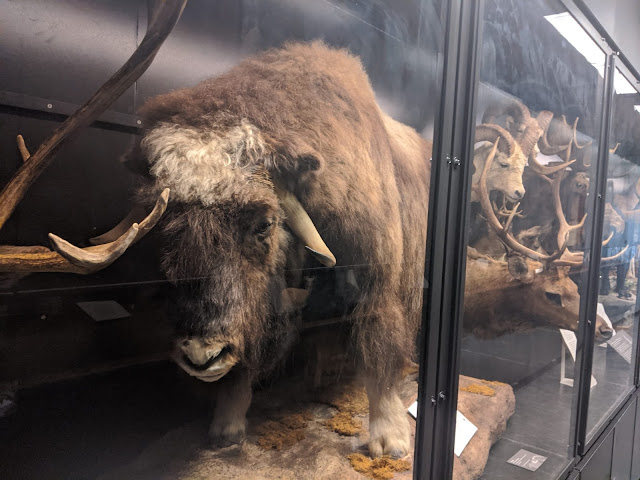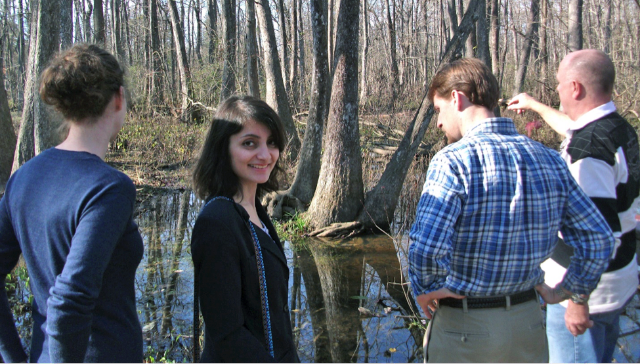Museums of Metro Vancouver: Beaty Biodiversity Museum
In case you are wondering what to do on a rainy day, you could check out many of the museums that UBC has to offer, from the Museum of Anthropology to the Beaty Biodiversity Museum. The latter had a great Groupon deal which we grabbed to check out what the Museum was all about. Its probably not worth the full price so definitely go if there is a discount on the tickets.
The Beaty Biodiversity Museum is a natural history museum which first opened to the public in 2010. It isn't an enormous museum, so expect to spend an hour there unless you want to really review each and every collection.
As soon as you enter the museum, you'll see the museum's most prominent display - a 25-metre (82-foot) skeleton of a female blue whale buried in Tignish, Prince Edward Island, which is suspended over the ramp leading to the main collections. This is Canada's largest blue whale skeleton.
Following the museum are rows and rows of collections, with some on display and some that are kept in drawers. On display, you can see specimens of marine invertebrates, mammals, a herbarium, a fish collection as well as fossils. There is definitely less mammal to my liking (only one row, but very impressive) and more creepy crawlies.
The row of mammals has some really nice stuffed up creatures.








0 comments